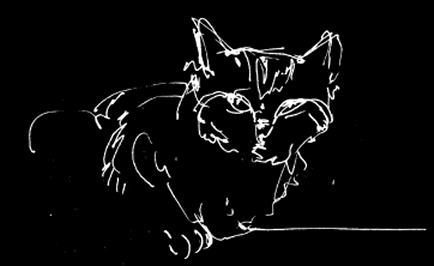Marsha Linehan's Skills Training Manual DBT
Accepting Reality
This concept focuses on learning to accept reality as it is. Accepting it doesn't mean you like it or are willing to allow it to continue unchanged; it means realizing that the basic facts of the situation are even if they aren't what you'd like them to be. Without this kind of radical acceptance, change isn't possible.
Letting Go of Emotional Suffering
Learn ways to observe and describe your emotion, separate yourself from it, and let go of it. One of Linehan's basic principles is that emotion loves emotion, and this worksheet is designed to help you experience your emotions with amplifying them or get caught in a feedback loop.
Distraction
Distraction is simply doing other things to keep yourself from self-harming. Most of the techniques mentioned above are distraction techniques; you bring something else in to change the feeling. Using ice, rubber bands, etc, is substituting other intense feelings for the self-injury. Other things Linehan suggest substituting include experiences that change your current feelings, tasks (like counting the colors you can see in your immediate environment) that don't require much effort but do take a great deal of concentration, and volunteer work.
Improve the Moment
This worksheet focuses on ways to make the present moment more bearable. It differs from distraction in that it's not just a diverting of the mind but a complete change of attitude in the moment.
Evaluating the Pros and Cons of Tolerating Distress
As the name implies, this worksheet leads you through an evaluation: what are the benefits of doing this self-harming thing? What are the benefits of not doing it? What are the bad things about doing it? About not doing it? Sometimes writing this down can help you make a decision not to harm.
Self-Soothing
This, like improving the moment and distracting, is a distress tolerance technique. It's pretty straightforward: use things that are pleasing to your senses to soothe yourself. Some people find that active distraction works better for violent angry feelings and soothing is more effective for soft, sad ones.
Reducing Vulnerability to Negative Emotion
Prevention of states in which you are likely to self-harm is covered in this worksheet, which suggests ways of taking care of yourself in order to minimize the times when you feel the urge to hurt yourself. If you're balancing eating, sleeping, and self-care, you're less likely to be overwhelmed by emotion.
Interpersonal Effectiveness
Being clear about what you want and about your priorities in an interaction are crucial to good communication, and this worksheet offers a series of questions and steps to follow to help you determine how to approach a difficult interpersonal interaction.

No comments:
Post a Comment